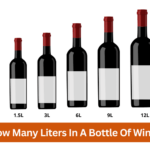I often find myself in situations where I am tasked with choosing the perfect bottle of wine to share with friends or family. One of the most important aspects of this process is understanding how many ounces in a bottle of wine. There have been numerous occasions where I have purchased a bottle of wine, only to realize that it was either too little or too much for the intended occasion. This is why I am excited to share everything I have learned about this topic with you. In this article, I will cover everything from wine bottle sizes to wine serving sizes and the benefits of knowing how many ounces in a bottle of wine. So, whether you’re a wine enthusiast or just looking to impress your guests at your next dinner party, this article is for you.
What Size Bottles of Wine Are There?
There are several sizes of wine bottle sizes available in the market, each designed for different purposes and occasions. Here are some of the most common wine bottle sizes and their basic descriptions:
- Split: This bottle size is usually used for a single glass of Champagne and holds around 187 ml of wine.
- Half Bottle: Also known as Demi, this bottle size holds half of a standard wine bottle, which is approximately 375 ml of wine.
- Standard Bottle: This is the most common size of wine bottle, which holds around 750 ml of wine.
- Magnum: A Magnum bottle is double the size of a standard bottle, holding around 1.5 liters of wine.
- Double Magnum/Jeroboam: This bottle size is two Magnums or four standard bottles, holding approximately 3 liters of wine.
- Rehoboam: This bottle size holds six standard bottles or around 4.5 liters of wine.
- Imperial: An Imperial bottle holds around 6 liters of wine, which is equivalent to eight standard bottles or two Double Magnums.
- Salmanazar: This bottle size holds around 9 liters of wine, which is equivalent to twelve standard bottles.
- Balthazar: A Balthazar bottle holds around 12 liters of wine, which is equivalent to sixteen standard bottles or two Imperials.
- Nebuchadnezzar: This is the largest bottle size available and holds around 15 liters of wine, equivalent to twenty standard bottles.
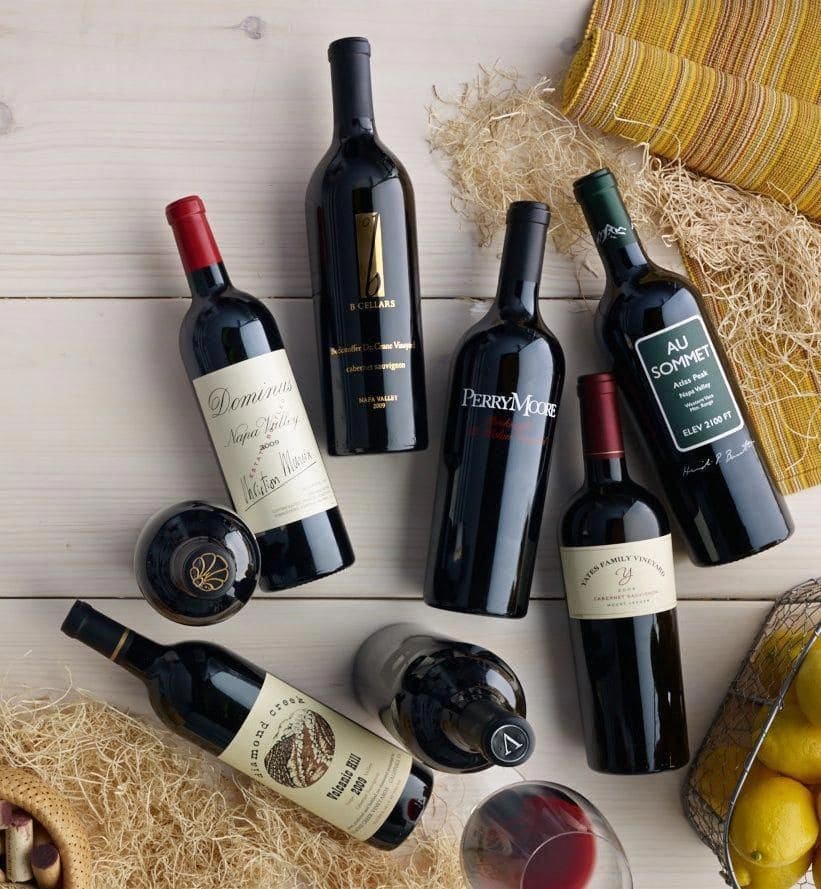
Understanding Wine Measurements
Understanding wine measurements is essential for accurately serving and enjoying wine. Here are the most common wine measurements used in the industry:
- Fluid Ounces (fl. oz.): This is the most commonly used measurement in the United States and refers to the volume of liquid in a container.
- Milliliters (ml): This is the most commonly used measurement in the metric system and is used worldwide. One milliliter is equal to one-thousandth of a liter.
- Centiliters (cl): This is another metric unit of measurement and is equal to 10 milliliters or one-tenth of a liter.
- Liters (L): This is the standard unit of volume measurement in the metric system and is commonly used to measure the volume of wine.
- Gallons (gal): This is a measurement of volume commonly used in the United States and is equal to 3.785 liters.
Understanding these wine measurements is important when choosing the right size bottle for an occasion and serving the appropriate amount of wine. It’s also useful when comparing different bottle sizes and determining how much wine is needed for a particular event.
How Many Ounces in Bottle of Wine?
How many ounces in a bottle of wine is a common question that arises when buying, serving, or storing wine. The number of ounces in a bottle of wine varies depending on the bottle size.
How many ounces in a bottle of wine standard?
How many ounces in 750 ml bottle of wine? A standard bottle of wine contains 750 ml of wine, which is equivalent to 25 fluid ounces or approximately five glasses of wine. This is the most common bottle size used for most wines around the world.
How many ounces in half bottle of wine?
How many oz in a bottle of wine which is half? A half bottle of wine contains 12.5 fluid ounces of wine. This size bottle is perfect for those who want to enjoy a glass or two of wine without having to open a full bottle.
How many ounces in a mini bottle of wine?
A mini bottle of wine contains 6 fluid ounces of wine. These small bottles are perfect for those who want to try different types of wine without committing to a full bottle.
How many ounces in a magnum of wine?
How many ounces in a 1.5 liter bottle of wine? A magnum of wine holds 1.5 liter or 50 fluid ounces of wine, which is equivalent to approximately 10 glasses of wine. Magnums are often used for special occasions and can be a great way to impress your guests.

How many ounces in a large bottle of wine?
A large bottle of wine can refer to different bottle sizes, but one of the most common is Double Magnum with 100 fluid ounces
How many ounces is 187 ml of wine?
187 ml of wine is equivalent to 6.3 fluid ounces of wine. This is a common size for a single serving of wine and is often found in small bottles or cans. It’s important to note that the standard serving size of wine is typically 5 fluid ounces, so a 187 ml bottle of wine is slightly larger than a standard serving.
How many ounces in a bottle of white wine?
The number of ounces in a bottle of white wine depends on the size of the bottle. A standard bottle of white wine typically contains 750 ml of wine, which is equivalent to 25 fluid ounces or about five glasses of wine. However, some white wine bottles may come in different sizes, such as a half-bottle (375 ml) or a magnum (1.5 liters or 50 fluid ounces).
How many ounces in a bottle of Barefoot wine?
Barefoot wine is a popular brand of wine that offers various types of wines, including white, red, and rosé. The amount of wine in a bottle of Barefoot wine depends on the size of the bottle. A standard bottle of Barefoot wine contains 750 ml of wine, which is equivalent to 25 fluid ounces or approximately five glasses of wine.
How many ounces in a bottle of Fitvine wine?
FitVine wine is a brand that offers low-calorie, low-carb, and low-sugar wines. Like other wine bottles, the amount of wine in a bottle of FitVine wine depends on the size of the bottle. A standard bottle of FitVine wine contains 750 ml of wine, which is equivalent to 25 fluid ounces or approximately five glasses of wine. However, FitVine also offers smaller bottles, such as 375 ml bottles, which contain 12.7 fluid ounces of wine.
How many ounces in a champagne bottle?
The standard size for a champagne bottle is 750 milliliters or 25 fluid ounces. However, champagne bottles also come in larger sizes such as magnums (1.5 liters or 50 fluid ounces), jeroboams (3 liters or 100 fluid ounces), and even larger sizes.
How many ounces in a bottle of Prosecco?
A bottle of Prosecco typically comes in a size of 750 milliliters or 25 fluid ounces, which is the same size as a standard champagne bottle. However, like champagne, Prosecco also comes in larger sizes such as magnums and jeroboams.
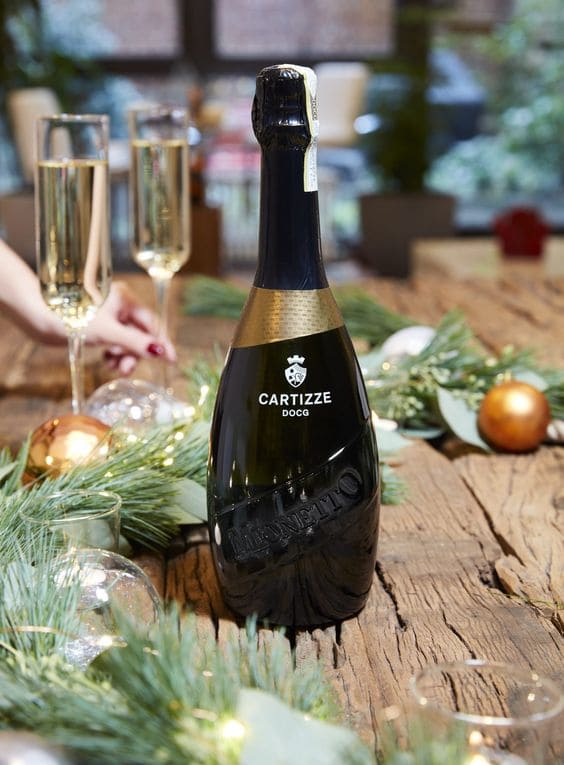
How Many Ounces in A Glass of Wine?
The number of ounces in a glass of wine can vary depending on the type of wine, the size of the glass, and the serving size. In general, a standard serving size of wine is 5 fluid ounces, which is equivalent to approximately 147 ml. But, some wine glasses may hold more than 5 ounces of wine, especially if they are oversized or designed for specific types of wine.
How many ounces in a glass of red wine?
The number of ounces in a glass of red wine can vary depending on the size of the glass and the serving size. However, a standard serving size of red wine is 5 fluid ounces, which is equivalent to approximately 147 ml. Some wine enthusiasts prefer to use smaller glasses for wine tastings or to serve wine with meals, which may hold 3-4 ounces of wine per serving.
How many 5 oz glasses in a bottle of wine?
According to the USDA, a glass of wine should be 5 ounces. Therefore, since a standard bottle of wine contains a little more than 25 ounces, it can be assumed that one bottle of wine contains about five glasses of wine.
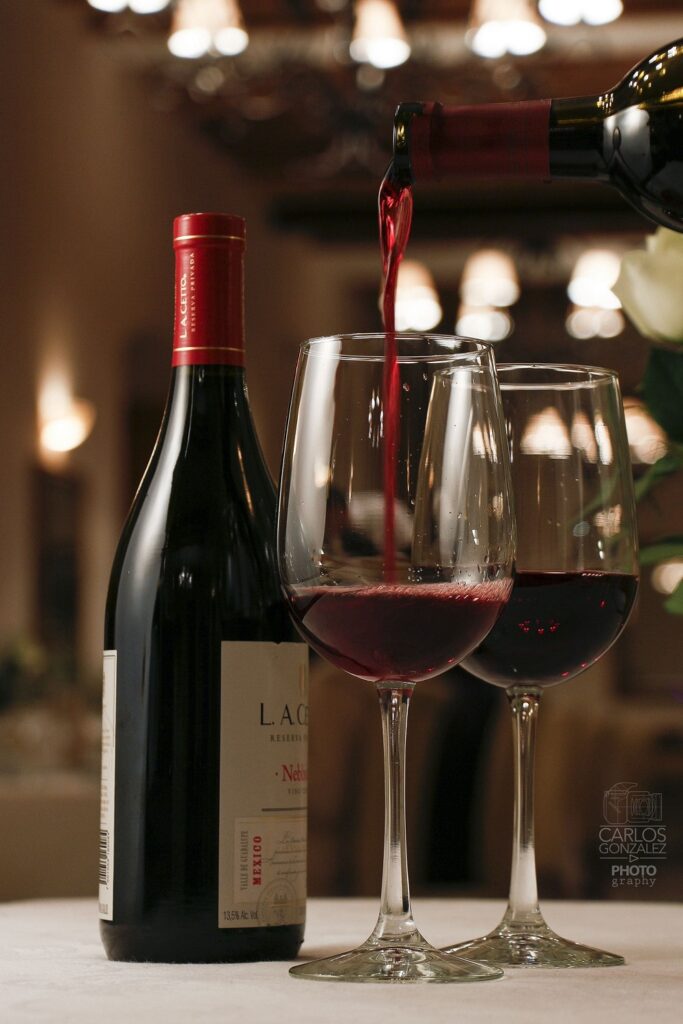
How many ounces in a glass of wine Weight Watchers?
Weight Watchers does not have a specific measurement for a glass of wine, but generally recommends sticking to a standard serving size of 5 ounces, which is equivalent to approximately 3 SmartPoints.
How many 4 oz glasses of wine are in a 750 ml bottle?
There are approximately 5 glasses of wine in a 750 ml bottle, assuming each glass contains a standard serving size of 5 ounces. If each glass is 4 ounces, then there would be approximately 6 glasses of wine in a 750 ml bottle.
How many 8 ounce glasses are in a bottle of wine?
Assuming a standard bottle of wine contains 25 ounces, there would be approximately 3 glasses of wine that can be served at 8 ounces each. However, it’s worth noting that an 8-ounce serving size is larger than a standard serving size, which is typically 5 ounces.
Factors That Affect How Many Ounces in a Bottle of Wine
How many ounces in a bottle of wine can be affected by several factors, including:
- Bottle size: The size of the wine bottle can impact the number of ounces of wine it holds. Different bottle sizes are available, such as the standard 750 ml bottle or larger sizes like the Magnum (1.5 liters) or Jeroboam (3 liters), which hold more wine.
- Type of wine: Different types of wines have different alcohol contents, which can affect the number of ounces in a bottle. Wines with a higher alcohol content may have less volume than those with lower alcohol content.
- Age of the wine: As wine ages, it can lose some of its volume through evaporation. This is especially true for older wines that have been stored for a long time.
- Winery practices: The winery that produces the wine can affect the number of ounces in a bottle. Some wineries may use different bottle shapes or thicker glass, which can impact the volume of wine that can be stored in a bottle.
- Country of origin: The country of origin can also impact the number of ounces in a bottle of wine. For example, some European wine regions use different bottle sizes than those commonly used in the United States.
Understanding these factors can help wine enthusiasts select the right size bottle of wine for a particular occasion and serve the appropriate amount of wine.
What Is a Serving Size of Wine?
A serving size of wine typically refers to a 5-ounce (147 ml) glass of wine. This amount of wine typically contains about 12% alcohol by volume (ABV) and is considered a standard drink in the United States.
It’s worth noting that the actual serving size of wine can vary depending on factors such as the alcohol content of the wine and individual factors such as body weight and metabolism. Additionally, it’s important to drink wine in moderation and to always drink responsibly.

How many servings of wine in a bottle?
Typically, a standard sized bottle of wine with a standard sized pour contains approximately 5 servings of wine. Therefore, assuming a standard serving size of 5 fluid ounces, a standard bottle of wine, which contains 750 ml of wine, should provide about 5 glasses or servings of wine. However, the number of servings may vary depending on the size of the pour, the type of wine, and the size of the wine glass used.
Factors affecting wine serving sizes
Several factors can affect the serving size of wine, including:
- Glass size: The size of the glass can affect the serving size of wine. Larger glasses can hold more wine, leading to larger serving sizes.
- Wine type: The type of wine can also affect serving size. For example, a full-bodied red wine may be better suited for smaller serving sizes than a lighter white wine.
- Alcohol content: The alcohol content of wine can also affect serving size. Wines with a higher alcohol content may be better suited for smaller serving sizes.
- Occasion: The occasion can also affect serving size. For example, a formal dinner party may call for smaller serving sizes than a more casual gathering.
- Personal preference: Finally, personal preference can affect serving size. Some people may prefer smaller or larger serving sizes, depending on their preferences and tolerance for alcohol.
Wine Bottle Shapes and Their Significance
Wine bottle shapes can vary widely and often hold significance based on their origin or the type of wine they contain. Here are some common wine bottle shapes and their significance:
- Bordeaux bottle: This is a tall bottle with straight sides and high shoulders. It’s typically used for red wines from the Bordeaux region of France and is designed to catch sediment during decanting.
- Burgundy bottle: This bottle has sloping shoulders and a wider body than the Bordeaux bottle. It’s typically used for Pinot Noir wines from the Burgundy region of France and is designed to showcase the wine’s aroma and flavor.
- Alsace bottle: This bottle is tall and thin with gently sloping shoulders. It’s typically used for white wines from the Alsace region of France and is designed to highlight the wine’s floral aromas.
- Rhône bottle: This bottle has a rounded shape with a short neck and sloping shoulders. It’s typically used for red and white wines from the Rhône region of France and is designed to allow for easy pouring and decanting.
- Champagne bottle: This bottle is typically wider and heavier than other wine bottles and has a thicker glass to withstand the pressure of sparkling wine. It’s designed to prevent the cork from popping out due to the pressure.
- Mosel bottle: This bottle has a tall and slender shape, often with a long neck. It’s typically used for Riesling wines from the Mosel region of Germany and is designed to showcase the wine’s delicate aromas.
In short, the shape of a wine bottle can hold significance and provide clues about the type of wine it contains and its origin.
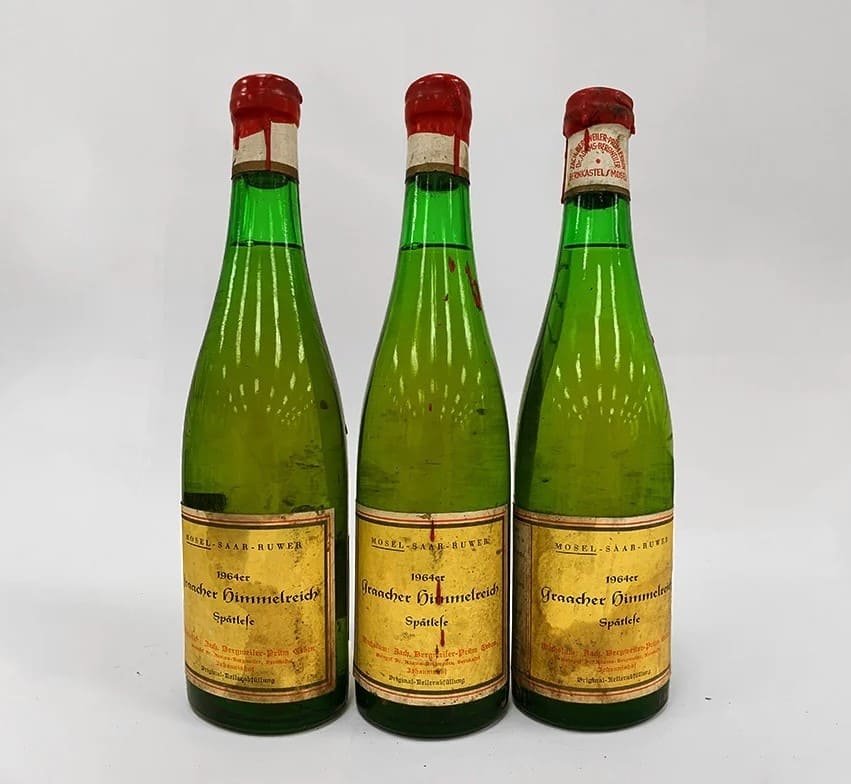
Do Different Bottle Shapes Hold the Same Amount of Wine?
Different bottle shapes can hold varying amounts of wine, even if they appear to be similar in size. The shape of the bottle can impact its capacity, and different wine regions may use different bottle shapes for the same volume of wine. As a result, it’s important to check the volume indicated on the label rather than relying on the bottle shape to determine how much wine it holds.
How to Choose the Right Wine Glass
Choosing the right wine glass can enhance your wine drinking experience by allowing the wine to aerate properly and enhancing the aroma and flavors. Here are some tips on how to choose the right wine glass:
- Consider the wine: Different types of wine have different shapes and sizes of glasses that are designed to enhance the wine’s characteristics. For example, red wine glasses are typically larger with a rounder bowl to allow for better aeration, while white wine glasses are typically smaller with a narrower bowl to preserve the wine’s cooler temperature.
- Pay attention to the shape: The shape of the glass can also affect the wine’s aroma and taste. For example, glasses with a wider bowl can allow for better aeration and release of aromas, while glasses with a narrow rim can direct the wine to the front of the mouth, enhancing the taste.
- Look for quality: High-quality wine glasses are typically made of thin, clear glass that allows you to see the wine’s color and clarity. They should also feel balanced in your hand and be comfortable to hold.
- Consider the occasion: Different occasions may call for different types of wine glasses. For example, stemless glasses may be more appropriate for casual events, while more formal occasions may require traditional stemmed glasses.
- Use proper care: After choosing the right wine glass, it’s important to take proper care of it to maintain its quality. This may include handwashing with a gentle detergent and storing it in a dry, dust-free location.
Overall, choosing the right wine glass can enhance your wine drinking experience by allowing you to fully enjoy the aroma and flavors of the wine.
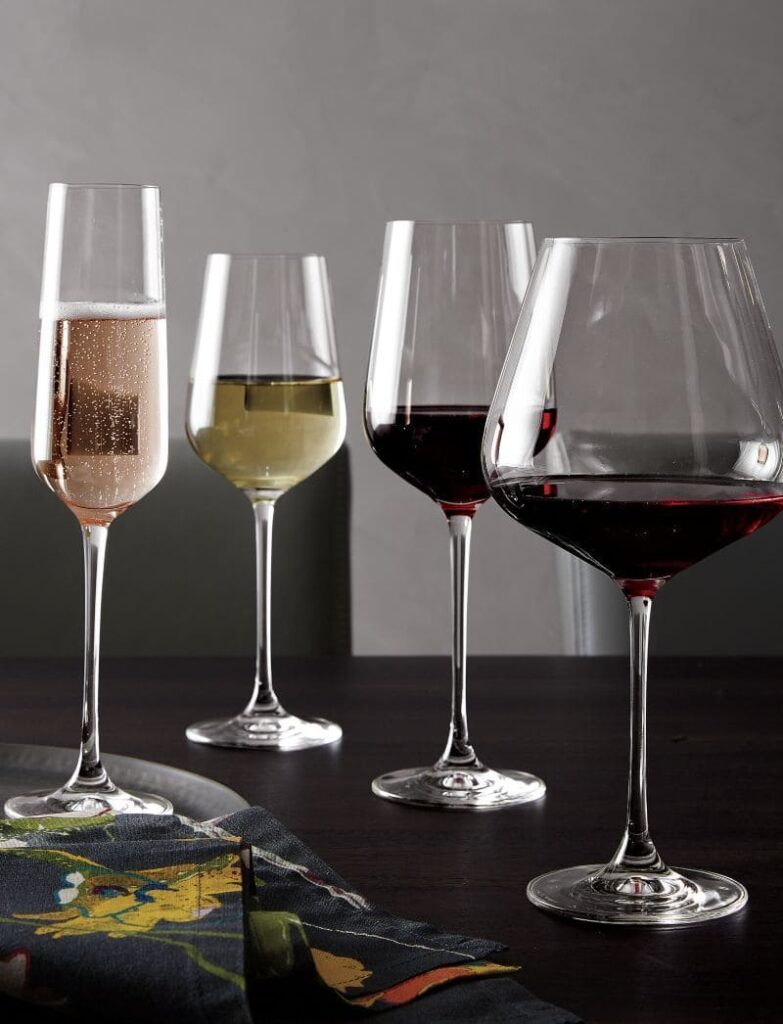
How to Properly Pour Wine
Pouring wine may seem like a simple task, but there are certain steps you can take to ensure you’re doing it properly. Here are some tips on how to properly pour wine:
- Choose the right wine glass: Select a wine glass that is appropriate for the type of wine you’re serving. Use a glass that is clear, thin, and allows you to see the wine’s color and clarity.
- Hold the wine glass properly: Hold the glass by the stem or base, rather than the bowl, to prevent warming the wine with your hand.
- Position the bottle: Hold the wine bottle by the neck and position it above the glass at a slight angle.
- Pour slowly: Begin pouring the wine slowly, being careful not to spill or overfill the glass. For red wine, fill the glass about one-third full, while for white wine, fill the glass about half full.
- Avoid touching the rim: As you pour, avoid touching the rim of the glass with the bottle, as this can leave smudges or fingerprints.
- Finish the pour: When you’re finished pouring, hold the bottle upright and bring it away from the glass to prevent any additional drips.
- Serve and enjoy: Once you’ve poured the wine, serve it to your guests and enjoy!
By following these steps, you can properly pour wine and ensure that your guests have a great wine drinking experience.
How to Serve Wine
Serving wine properly can enhance the overall drinking experience and showcase the wine’s unique characteristics. Here are some tips for serving wine:
- Temperature: Different wines should be served at different temperatures to bring out their best qualities. Generally, white wine should be served chilled, while red wine should be served at room temperature. Consult a wine guide to determine the ideal temperature for the specific wine you’re serving.
- Decanting: Some wines, particularly older red wines, benefit from decanting to allow the wine to breathe and release any sediment. Pour the wine slowly into a decanter, leaving any sediment behind in the bottle.
- Glassware: Choose a wine glass that is appropriate for the wine you’re serving. A standard wine glass should be clear, thin, and tulip-shaped with a narrow bowl for white wine and a wider bowl for red wine.
- Pouring: Hold the wine glass by the stem or base to prevent warming the wine with your hand. Pour slowly, being careful not to overfill the glass.
- Pairing: Consider pairing the wine with food to enhance the overall experience. Consult a wine guide or sommelier to determine the best pairing options for the specific wine you’re serving.
- Enjoyment: Allow your guests to enjoy the wine at their own pace, and encourage them to savor the wine’s aroma and flavors.
How to Store Wine Properly
Proper wine storage is essential for preserving the quality and flavor of your wine over time. Here are some tips for storing wine properly:
- Temperature: Wine should be stored at a consistent temperature between 45-65°F (7-18°C) to prevent damage to the wine. Temperature fluctuations can cause wine to age prematurely or even spoil.
- Humidity: Wine should be stored in a humid environment to prevent corks from drying out and allowing oxygen to enter the bottle. A humidity level of around 70% is ideal for wine storage.
- Light: Wine should be stored in a dark environment to prevent damage from ultraviolet light. Exposure to light can cause wine to age prematurely and lose flavor.
- Position: Wine bottles should be stored horizontally, which keeps the wine in contact with the cork and helps to prevent the cork from drying out.
- Movement: Wine should be stored in a location where it won’t be disturbed or jostled, which can disrupt the sediment and harm the wine.
- Ventilation: Wine storage areas should be well-ventilated to prevent odors from entering the bottles and spoiling the wine.
- Aging: Some wines benefit from aging, which can enhance their flavors and complexity. Proper aging requires specific conditions, such as a consistent temperature and humidity level, and can take years or even decades.
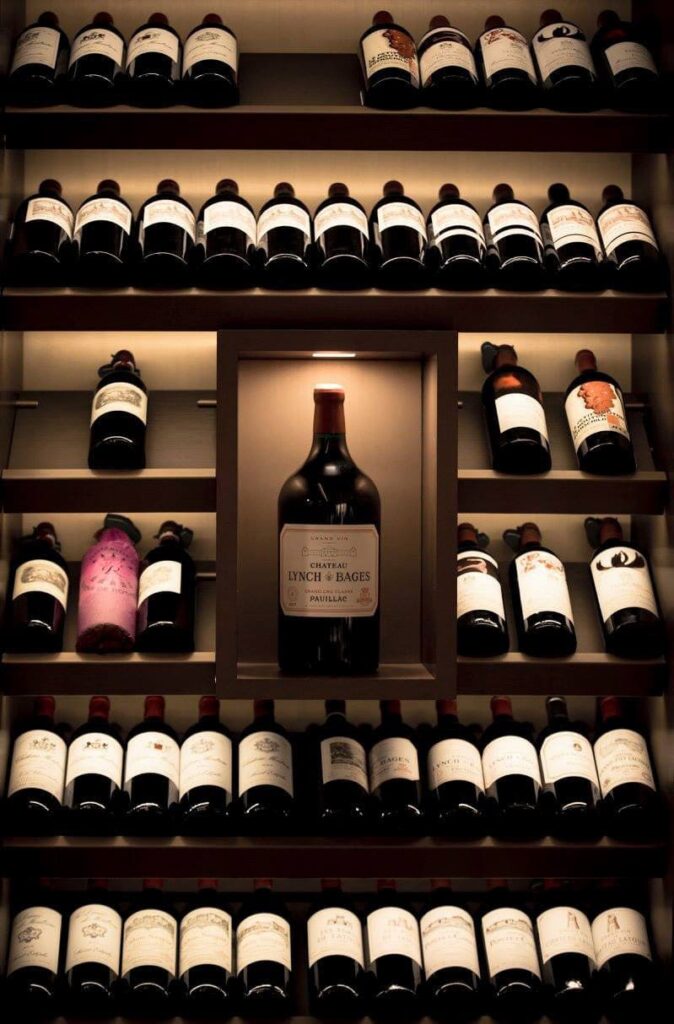
What Happens if You Drink Expired Wine
Drinking expired wine can have negative effects on your health and the overall drinking experience. Here are some things that can happen if you drink expired wine:
- Loss of flavor: Expired wine may have a flat or stale taste due to the oxidation process, which can break down the wine’s flavors and aromas.
- Vinegar taste: If wine has turned into vinegar, it will have an unpleasantly sour taste.
- Potential health risks: Expired wine may contain harmful bacteria or other contaminants that can cause illness or food poisoning if consumed.
- Allergic reactions: Some people may have allergic reactions to expired wine, which can cause symptoms such as itching, hives, or swelling.
- Hangover: Drinking expired wine may also cause a more severe hangover, as the body may struggle to metabolize the wine’s byproducts.
FAQs
Does wine go bad if not opened?
Wine can go bad even if it’s not opened. Factors such as temperature, humidity, light exposure, and storage conditions can affect the quality and taste of wine over time.
Is a bottle of wine a day heavy drinking?
Drinking a bottle of wine a day is considered heavy drinking and can lead to health problems such as liver damage, high blood pressure, and an increased risk of certain cancers.
Can you drink expired wine?
Drinking expired wine can have negative effects on your health and the overall drinking experience. Expired wine may have a flat or stale taste, contain harmful bacteria, or cause allergic reactions.
How long can wine be stored after opening?
Once opened, wine can typically be stored for 3-5 days in the refrigerator before it starts to lose its flavor and quality. However, some wines may last longer than others depending on the type and quality.
How many bottles of wine per 5 gallons?
A 5-gallon container can hold approximately 25 bottles of wine, assuming a standard bottle size of 750ml.
How many ml is a standard bottle of wine?
A standard bottle of wine is typically 750ml.
Is a half bottle of wine too much?
A half bottle of wine is typically around 375ml, which is equivalent to around 2.5 standard glasses of wine. Whether or not this is too much depends on individual tolerance and drinking habits.
Is drinking 8 oz of wine a day too much?
8 oz of wine is equivalent to one standard glass of wine, which is generally considered to be a moderate amount of alcohol consumption for adults.
Is 3 bottles of wine a week too much?
Drinking 3 bottles of wine a week is equivalent to around 15 glasses of wine, which is considered to be excessive drinking and can lead to negative health effects.
Is it normal to drink a whole bottle of wine every night?
Drinking a whole bottle of wine every night is considered heavy drinking and can lead to negative health effects. It’s important to drink in moderation and be mindful of your alcohol consumption.
Concluding Thoughts
Generally, understanding how many ounces in a bottle of wine is crucial for any wine enthusiast. It allows you to make informed decisions when selecting the right bottle size for any occasion and ensures you serve the correct amount of wine to your guests. Knowing the factors that affect the number of ounces in a bottle of wine and the importance of accurate measurements can help you choose the right wine and serve it in the right amount. With this knowledge, you can fully enjoy the flavors and aromas of your favorite wines. So, the next time you’re looking for a bottle of wine, take a moment to consider how many ounces it holds, and you’ll be sure to make the right choice.
I’m Chen Mina, from Vol de Nuit, who has a special passion for bartending, especially mixing wine, beer, and cooktail. Here you will find content about alcoholic beverages, I will bring you knowledge that few people know about this drink.


